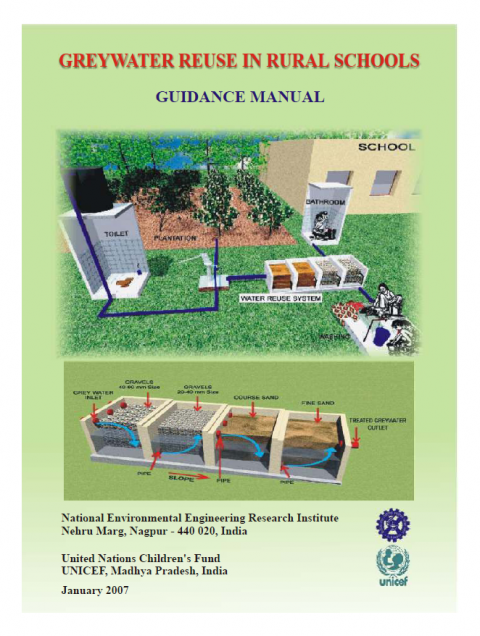Greywater Reuse in Rural Schools Guidance Manual Devotta, S. et al. (2007)
Bibliographic information
Devotta, S. et al. (2007). Greywater Reuse in Rural Schools Guidance Manual National Environmental Engineering Research Institute (NEERI), UNICEF
Filter / Tags
Constructed wetlandsGreywater or wastewaterRuralSchoolsGuidelines and manualsEnglish

